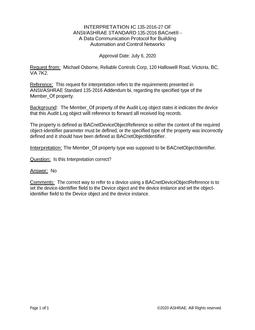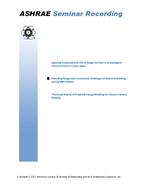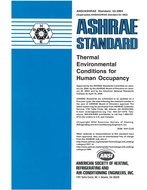The central thrust of this paper is to place into question the current practice of supplying air from dedicated outdoor air systems at or near room temperature (a neutral temperature) and to develop a methodology for selecting the supply air conditions in an energy- and cost-effective manner. Hypotheses are advanced concerning the supply air dry-bulb temperature, dew-point temperature, and terminal reheat. The three hypotheses are then tested and found to be correct. In general, it is recommended that the supply air temperature from the dedicated outdoor air system be no higher than 55ºF (13ºC). The recommended supply air dew-point temperature is whatever it takes to provide all of the latent cooling while maintaining the space relative humidity at no more than 40%, or a supply air dew-point temperature of approximately 44ºF (7ºC). Finally, it was demonstrated that terminal reheat is generally not required to prevent over-cooling with 44-55ºF (7-13ºC) supply air dry-bulb tempera-tures for spaces with a combined lighting and equipment load of 3-5 W/ft2 (32-54 W/m2 ). This conclusion applies to spaces with design occupancy densities from 7 to more than 90 people per 1000 ft2 (93 m2 ). Greater space design occupancy densities have more ventilation air than required to remove the 3-5 W/ft2 (32-54 W/m2 ) of internal generation. Supplying the air at a neutral temperature shifts virtually all of the space sensible loads out onto the distributed parallel cooling system at a huge first and operating cost penalty, a practice that normally cannot be justified. Automatic controls, a subject beyond the scope of this paper, are envisioned to offer the potential to further improve the economic benefits of the lower supply air conditions.
Units: Dual
Citation: Symposium Papers, Atlanta, GA, 2001
Product Details
- Published:
- 2001
- Number of Pages:
- 10
- File Size:
- 1 file , 330 KB
- Product Code(s):
- D-7162


